What Are Standard Operating Procedures? How to Write an SOP (That Actually Gets Followed)
Learn what Standard Operating Procedures (SOPs) are and how to write effective SOPs that ensure consistency, efficiency, and safety in your...
Pests carry both physical and biological food hazards, making them a food safety risk priority.
The last thing you want your customers to see in your restaurant is a mouse or cockroach dining with them in your service area. This unfortunate event can land you a negative online review or outcome. Pests carry a significant food safety risk along with them.
They can become carriers of foodborne illnesses that can spread the disease fast. The presence of pests violates several food safety regulations and can put your business out in an instant. Pest control in restaurants is a must and should always be monitored consistently.
WHAT WE'LL COVER:
Pest management contributes a significant portion when it comes to food safety inspections. Even signs of pests detected by a health inspector can lead to the conclusion that your restaurant has become a cozy environment for pests, which is a clear violation of health codes.
Reports of pests can cause rippling effects on your food business. Bad reviews from customers observing pests in your establishment can mean fatal news for you. Your team must always understand that there is no room for any sign of pests in your food facility to maintain food safety and your reputation.
Prevent foodborne diseases caused by pests by understanding the principles of pest control and establishing a food safety management system with FoodDocs.
Pest control in restaurants is the collection of food-safe operations established to reduce or completely eliminate the presence of pests in a food facility.
Pests, such as mice, cockroaches, and birds, pose a significant health risk of food contamination, product spoilage, and structural damage. They are known carriers of diseases as well as disease-causing pathogens that can be transferred to foods when uncontrolled. Technically, they can bring multiple types of food safety hazards.
Having a pest control management plan for restaurants can help reduce the likelihood of causing foodborne illness to the customers. Without controlling points, such as their food source and habitat, pests can thrive and multiply quickly.
Pests are very resilient and can live in very unfavorable conditions, and kitchens in food facilities can create a very conducive environment for them without proper controls. Some pests can even withstand common deterring agents. This point makes control and prevention keys to keeping pests away from your food business.
The presence of pests does not only pose problems for food safety. Pests can also significantly affect the perception of customers about your restaurant. Any report of pest sightings in your food facility can turn into big news and can be repulsive to customers.
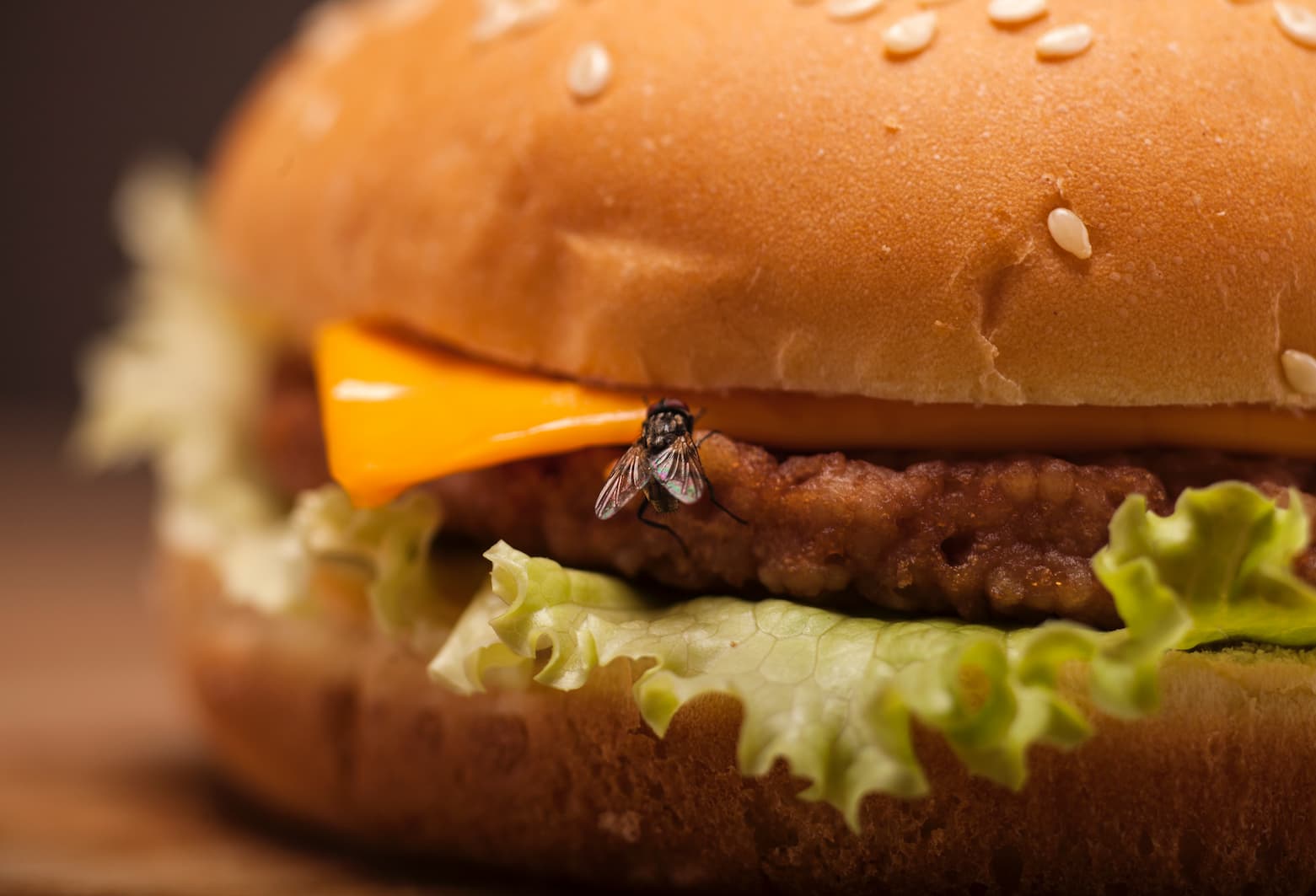
Pests enjoy the same foods as customers do. This means that they target the same food you prepare and serve to consumers. With a facility that is rich in food and water resources, pests are likely to gather in a kitchen that is not well-cleaned and maintained.
Here are a few things that are most likely attracting pests to your food facility:
All of the previously mentioned factors that could result in pest infestations can stem from the lack of integrated pest management. An effective pest management program is considered an essential prerequisite for establishing a comprehensive food safety plan for a food service establishment.
FoodDocs provides a solution to this lengthy problem. Using our digital solution, you can get a comprehensive digital HACCP food safety plan complete with a pest control management plan. With our built-in software, you can get your digital HACCP plan and pest management plan in just 1 hour.
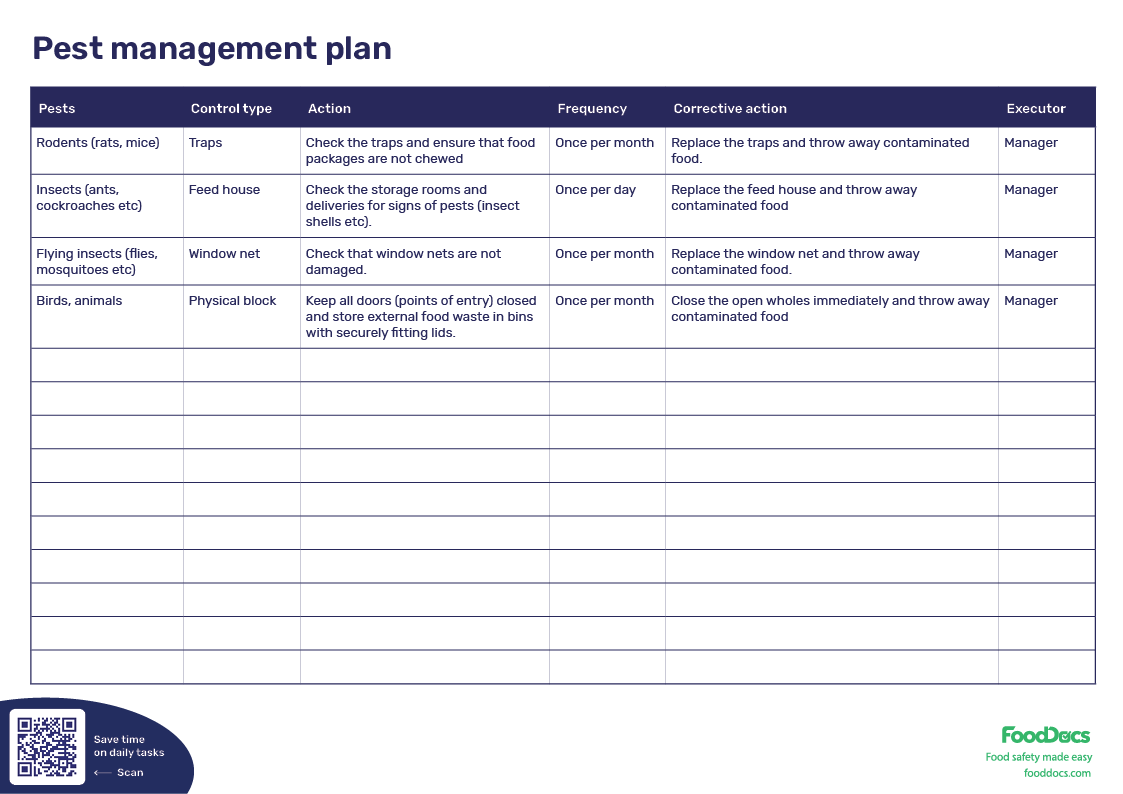

Thank you for downloading Food product specification sheet!
Want to get a customizable HACCP template?
Or set up your food safety system in 15 minutes?
Now that you know some of the major factors that attract pests in a dining establishment, your team needs to locate areas that need to be monitored for pest control. Covering the areas most prone to infestations can reduce the likelihood of causing foodborne illnesses and related dangerous diseases from this food safety risk.
This spot includes indoor trash bins and outside dumpsters. All trash cans and other receptacles for food waste must have proper lids to reduce the likelihood of attracting insects. In addition, practice proper segregation of waste for easier sorting and disposal.
As part of your pest control management plan, include the frequency of clearing out trash bins and the proper way of disposing of trash bags.
If there is one place in your restaurant where there are food ingredients and dark corners, it would be your food storage area. The abundance of food in your commercial kitchen storage area is very attractive to all sorts of pests. Regularly inspect the corners of the storage area where cockroaches and other insects may house.
This hot spot is common for older food establishments. Tables, cupboards, and light fixtures may often house wood-infesting pests. It's also very common to see dead insects on light guards as they are attracted to the light. Regularly clean out light guards and furniture.
The main pests that can cause damage and contamination to your food facility through windows and roofs are birds. These pests can produce droppings that can build up over time and attract other pests, such as ants and cockroaches.
Floor drains attract different types of flies, especially if they are not properly cleaned. They can also serve as passageways for other insects.
Maintaining the cleanliness of your restaurant includes monitoring what comes in and out of your food facility. Supply of food does not only need to be delivered chilled; they also need to be clean. Food delivery trucks often go unnoticed, but they can bring in pests that tag along the crates of fresh food.
Equipment and machines, such as a meat slicers, often have hard-to-reach areas. This reason is why most machines require dismantling for sanitation. Pests can easily crawl their way into these areas to feed on stuck food debris.
Cleaning and sanitation are integral parts of any food safety plan. All areas, regardless of size, must be consistently cleaned and monitored to ensure safety and quality food. Some areas may need less frequent cleaning, but schedules for cleaning and sanitation must never be disregarded.
Create a schedule and a Pest Control Checklist for all the areas of your restaurant in order to clean effectively and prevent pest infestation and restaurant violations.
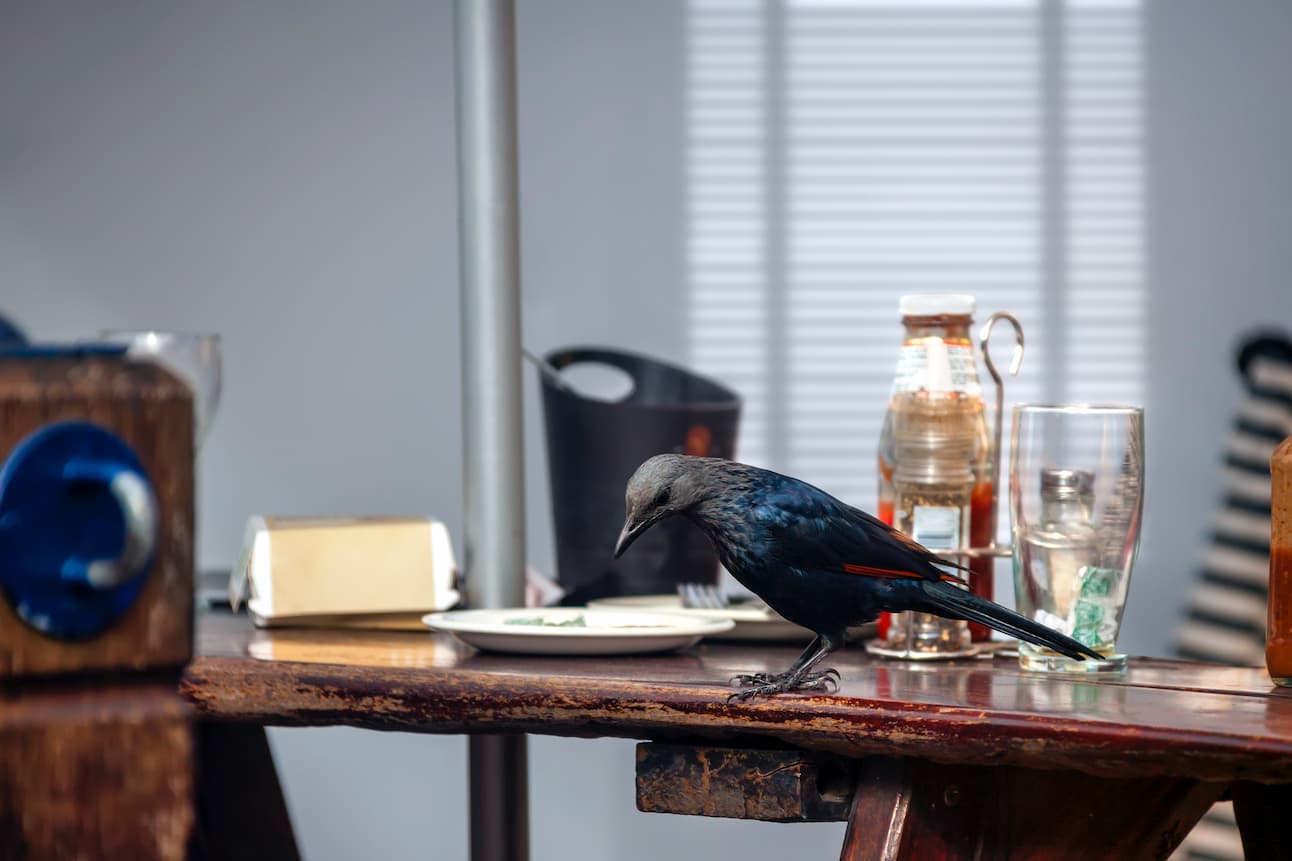
If you suspect a possible infestation, you should contact a local pest control officer. Your team must document all obvious signs of suspected infestation and provide them to the commercial pest control service provider. A clean-up and preventive maintenance must then be scheduled to ensure that pests are addressed.
Pay close attention during the professional pest control service operation. Assign an employee who will inspect the process before and after pest control. Ensure all pointers and pest control guidelines handed out by the control officer will be implemented to address future pest control issues.
Pest control is an everyday task. A significant part of this operation is the everyday inspection of signs and potential hiding places.
The presence of pests often starts with very simple common signs. Pests such as insects and rodents leave traces such as droppings, which could be indicative of how severe the infestation has become and the type of pest that is present.
You can use signs to tell whether there is a need to contact the pest control officer or when to replenish pest control equipment, such as baits and traps.
Have you seen any of these pest infestation signs recently?
Early detection of any active pest or sign of infestation can significantly make a difference in the required effort to control pests. Depending on the detected signs of pests, the approach may vary.
Do you want to test your team's aptitude on food safety matters? Use our free food safety quiz tool to train food handlers on important food safety topics.
The best way to a prevent pest infestation is to establish a comprehensive pest control system as part of your prerequisite programs, which will contribute to your HACCP plan. A pest control program includes the correct preventive measures to eliminate the likelihood of attracting pests in a food establishment.
A pest control program also provides in-depth information on the types of pests and particular everyday food-handling practices that will help deter these pests. Pest control programs involve inspections and intensive analysis of your food facility to determine the appropriate preventive actions and corrective procedures.

The following practices can reduce infestation and keep pests out with the help of well-trained food handlers:
Pests gather where there is food and humid environments, thus making food facilities a vulnerable target to a wide range of pests. Food handlers must be properly trained to identify pest infestation signs and the appropriate control measures.
Different types of pests can carry pathogenic microorganisms. In addition, they can cause cross-contamination in foods very fast. The risk of causing food poisoning or a foodborne illness outbreak increases significantly with pests in the facility.
Pests have no reason to infest your food facility if it is well-maintained and clean and foods are always stored correctly. These four main operations cover the key points of restaurant pest control needs.
Pest control is an important part of every food safety training. Read more about how important it is for food handlers to have adequate knowledge about food safety and how you can help them train in this article.
As mentioned, pest control for restaurants must be done on a regular basis. Routine food handling operations can significantly affect the presence of pests.
To help food handlers prevent infestation, follow these tips for safe pest control techniques:
Pest control officers often provide a variety of pest control products and equipment for common pests, such as biocontrol and mechanical baits. Make sure to orient your team on how to use the pest control tools and when to replenish them for optimum benefits.
Pest control reporting refers to the process of documenting a potential pest infestation in your establishment and relaying the information to a pest expert and control officer for the solution. It is an important communication aspect of a restaurant pest control plan. An effective pest control management program must have proper pest control reporting procedures.
The pest control report includes proof of sighting and signs of infestation, identification of signs, the location of infestation signs, corrective actions, and recommended next procedures. The report must be verified by the manager in charge of the commercial kitchen and pest management. The collected report can be provided to commercial pest control companies to speed up the process of addressing the problems.
For a more effective restaurant pest control service, food handlers must create a document that captures the most essential information regarding restaurant pest control issues.
Include the following information to make a cohesive report of pest infestation:
If you are using any chemical pesticide, your team must also note its EPA registration number for safety. All this information will help the pest control officer address the pest issue. Ensure that anyone from your team will participate during the pest control process to gather information in preventing future occurrences of infestation.
As a restaurant owner, one of the main components of your approach to food safety must include an integrated pest management program. This can be achieved by partnering with a commercial pest management service provider and establishing your pest control plan.
Any additional pest pressure must be addressed even before you start opening your food service business. Regulatory agencies may require adequate pest control for food service from your team to ensure food safety.
At FoodDocs, we can help you create your pest control plan and maintain compliance with pest control regulations most efficiently and effectively.
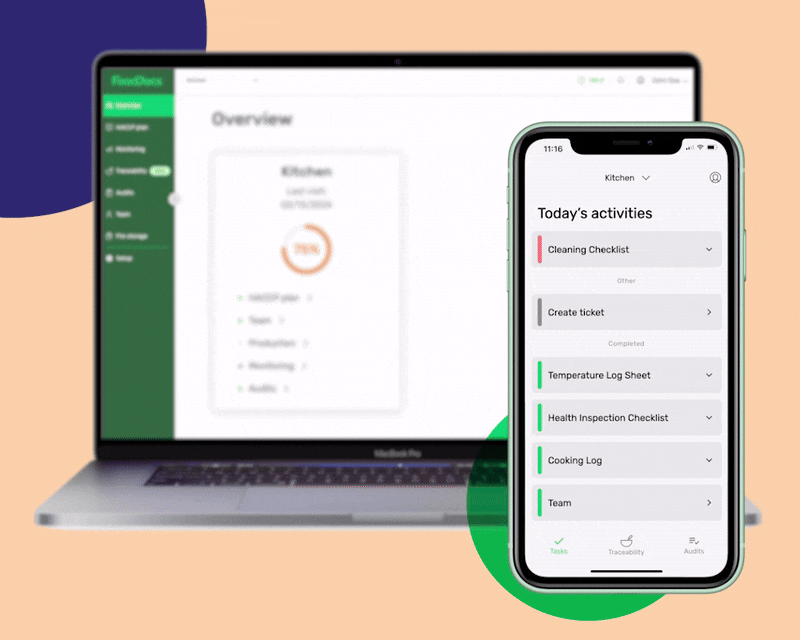
Building a pest control plan is part of the essential prerequisite programs before establishing a HACCP plan. Pests can be effectively controlled when food handlers know the required procedures to address potential entry points for pests.
At FoodDocs, you can get a customizable Pest Control Plan composed of the following sections:
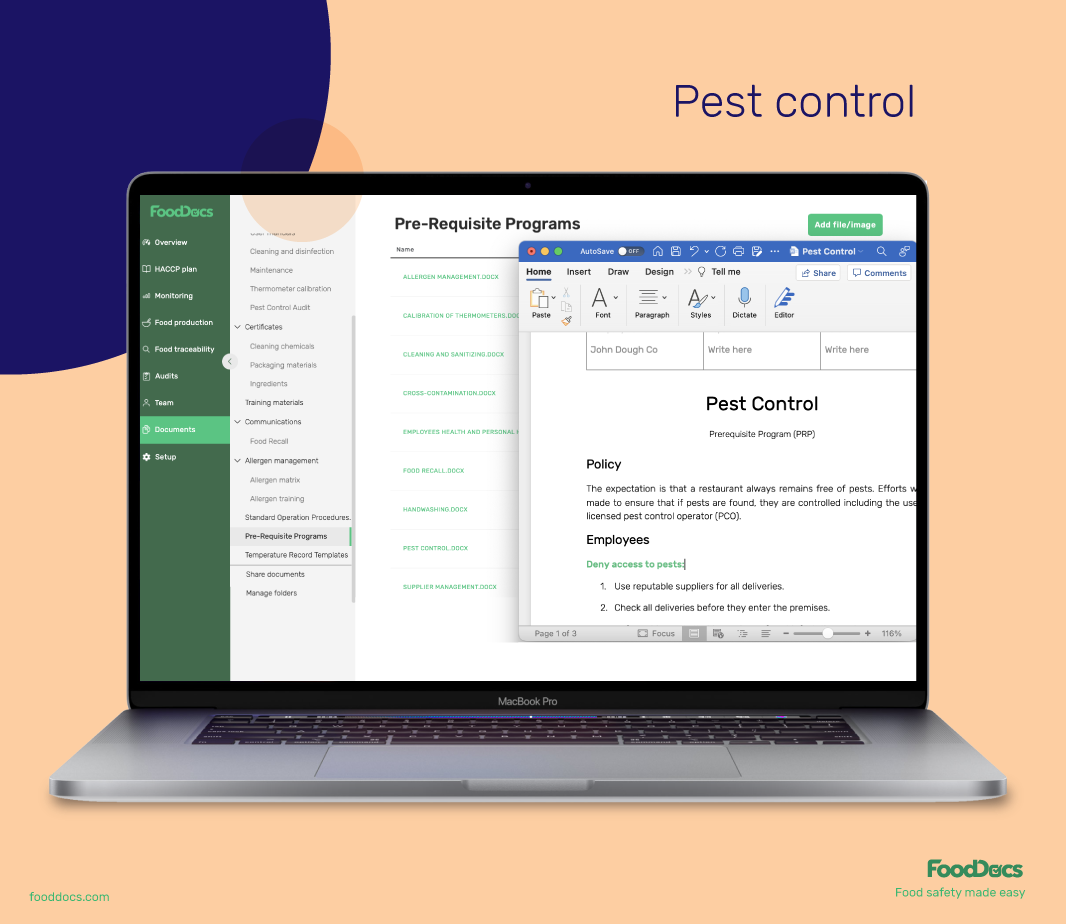
Prerequisite program: Pest Control Plan from FoodDocs
Moreover, our built-in digital HACCP plan builder can create a customizable and comprehensive HACCP plan based on your operations. With our digital solution, you can get the following components:
What used to be a month-long process of making a HACCP plan can now be done in just 1 hour using our customizable HACCP plan template builder. Our digital solution is 500x faster than hiring a food safety consultant to help you build a paper-based HACCP plan.
You can get all of these essential HACCP plan documents by simply providing our system information about your operations. Using artificial intelligence and a machine-learning program, our system can generate all HACCP plan parts and your pest control plan within 1 hour.
Once you have established your HACCP food safety plan with an integrated pest management plan, you will need a comprehensive system to ensure that the plans are consistently followed. As we have previously emphasized, pest control is an everyday task.
Food handlers must regularly remember when to check baits, replenish traps, and report any sighting of infestation signs. Use our digital Food Safety Management System, which features digital solutions for creating pest control reports and food safety monitoring logs.
Intuitively solve pest control and food safety operations using our digital solution with the following benefits:
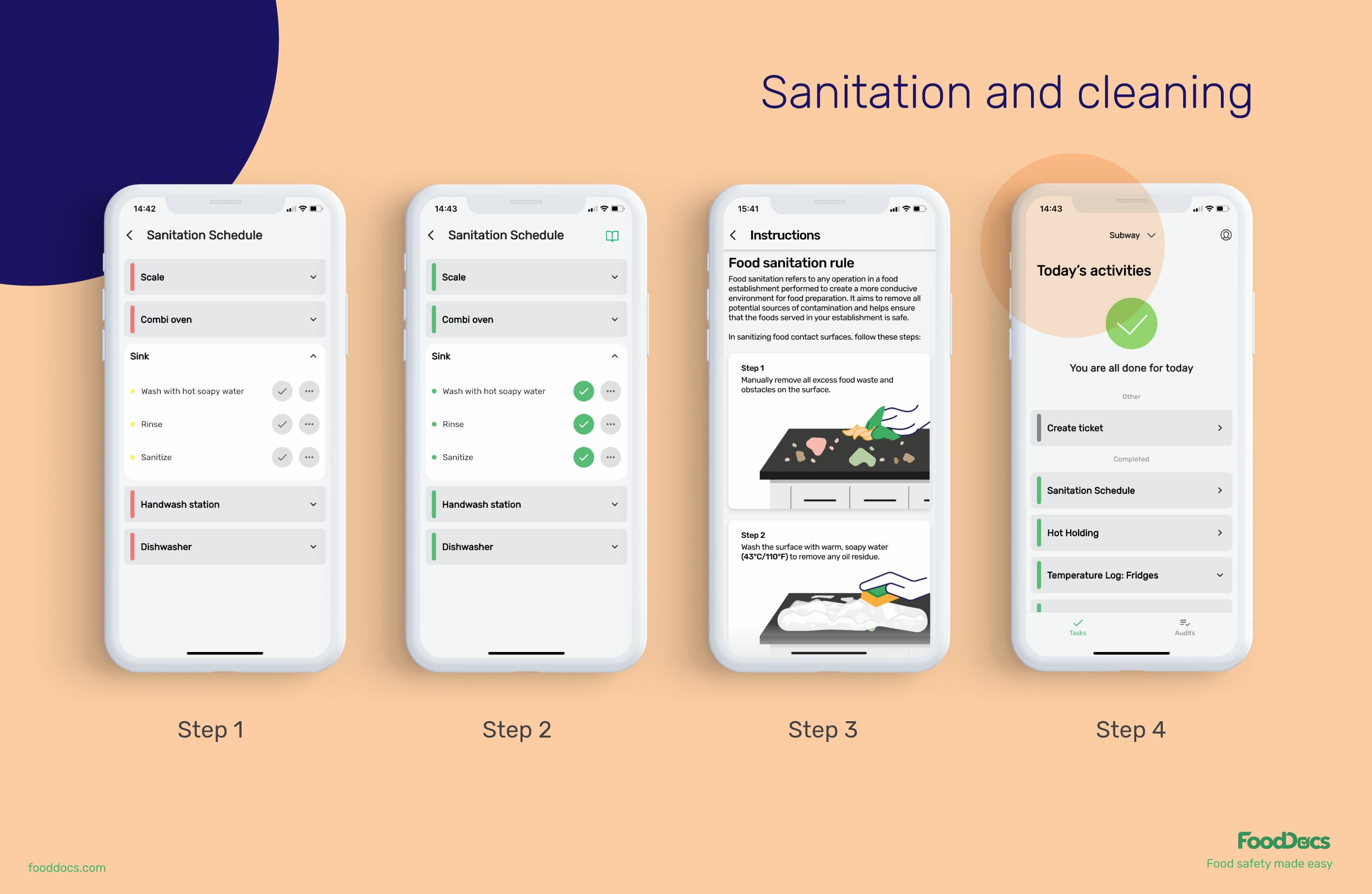
Sanitation Schedule from FoodDocs
Using our digital Food Safety Management System, you can address the root causes of food safety issues and efficiently operate your business. Switching to our digital platform only requires 15 minutes of your time, and you can get all the mentioned benefits.
Use our digital solutions to address pest issues and stay compliant throughout your food operations.
Experience both our digital HACCP plan builder and digital FSMS software features with our free 14-day trial now.
A pest control program is an example of a food safety program. Integrated Pest Management is included in these programs and aligns with HACCP system principles.
All of the following could potentially be the issue when pests are out of control:
Discovering bugs in your kitchen is a type biological hazard. These pests can contaminate food and surfaces, potentially leading to foodborne illnesses. To prevent such risks, it is crucial to uphold cleanliness and ensure proper food storage.
Learn what Standard Operating Procedures (SOPs) are and how to write effective SOPs that ensure consistency, efficiency, and safety in your...
Boost your retail food safety with essential practices and digital tools to protect customers and your brand. Plus a free Retail Food Safety Leader...
Discover the best restaurant management software solutions broken down by inventory, table and reservation, food safety, POS systems, scheduling, and...